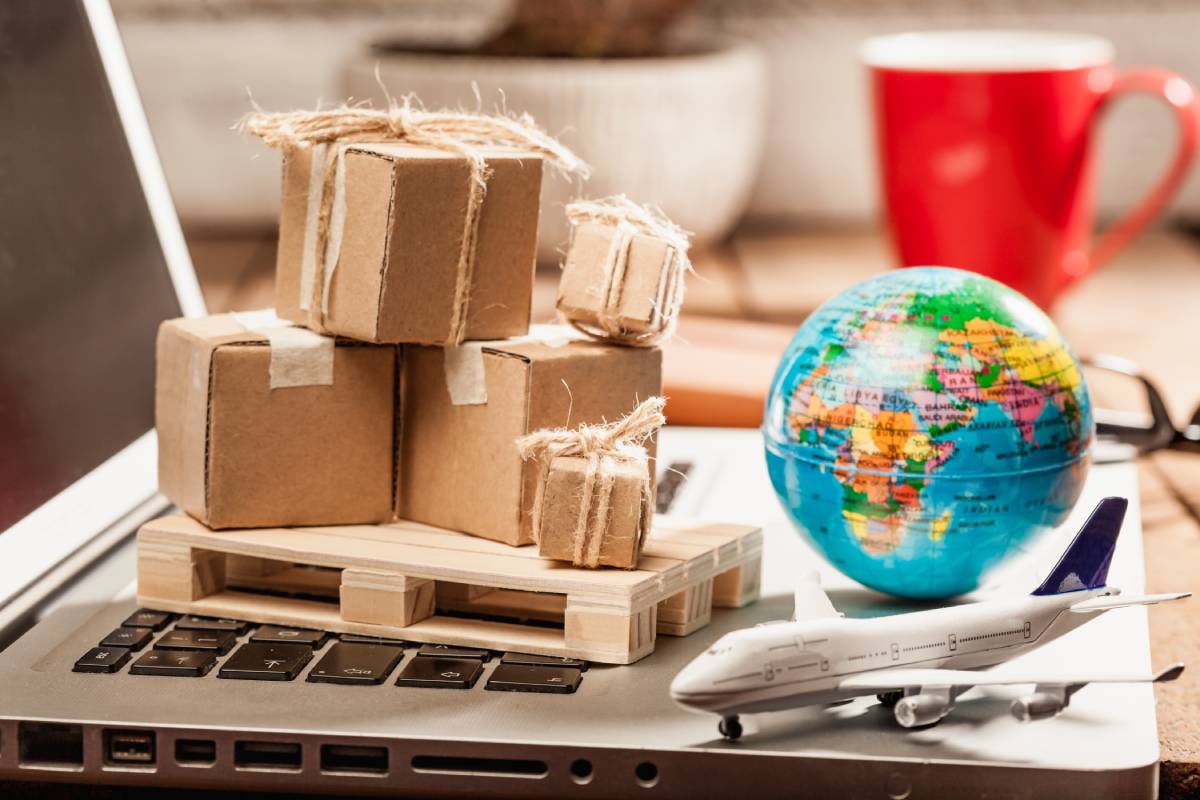Global Reach with Local Support
We recognise that international shipping can be a complex process. Let us assist you in navigating it, ensuring a seamless and enjoyable experience.

In the intricate world of global logistics, clear communication is paramount. Acronyms are a common shorthand, but understanding their precise meaning is crucial for smooth operations. One such acronym, often encountered in maritime shipping, is ROB: Remaining On Board.
ROB refers to the quantity of cargo, fuel, or other materials that are still present on a vessel after a portion has been discharged at a port. It's a critical piece of information for various stakeholders, including ship operators, charterers, port authorities, and, by extension, freight forwarders like Ocean Cargo, who need to ensure the accurate and efficient movement of goods.
While it most commonly refers to fuel (bunkers), ROB can technically apply to any commodity that is partially offloaded. For instance, if a vessel arrives with 10,000 tonnes of grain and discharges 7,000 tonnes, the ROB for that specific cargo would be 3,000 tonnes. However, its most frequent and significant application is in the context of a vessel's fuel supply.
The accurate assessment and reporting of ROB, particularly for bunkers, has far-reaching implications across the shipping industry. Its importance stems from several key areas:
For freight forwarders like Ocean Cargo, understanding ROB contributes to the overall transparency of the shipping process. When we manage your cargo, we work with carriers who maintain meticulous records, ensuring that every aspect of your shipment, from vessel movements to potential delays, is handled with the utmost professionalism and clarity.
Measuring and verifying ROB, particularly for fuel, is a meticulous process that involves several steps and often requires independent verification:
To ensure accuracy and prevent disputes, especially during vessel delivery or redelivery under a charter party, independent bunker surveyors are often employed. These surveyors:
All ROB figures are meticulously recorded in the vessel's logbooks and official reports. These documents are crucial for auditing, dispute resolution, and ensuring compliance with contractual obligations. Ocean Cargo relies on such robust documentation to provide our clients with accurate updates and peace of mind regarding their shipments.
It's easy to confuse ROB with other similar-sounding or related acronyms. Here's a brief clarification:
Understanding these distinctions is vital for clear communication and efficient operations in global trade. Ocean Cargo's team of experts is well-versed in all industry terminology, ensuring your cargo is handled with precision from start to finish.
At Ocean Cargo, we understand that the complexities of international freight can be daunting. From understanding acronyms like ROB to navigating customs regulations and optimising routes, every detail matters. With over 25 years of experience, we pride ourselves on providing transparent, reliable, and efficient freight forwarding solutions.
Our dedicated team works tirelessly to ensure your cargo reaches its destination safely and on schedule. We leverage our deep industry knowledge and extensive network to manage every aspect of your supply chain, offering comprehensive sea freight services, air freight, and road freight solutions. Whether you're shipping excavators and diggers to the UAE or require specialist project logistics for wind turbine components to Australia, Ocean Cargo is your trusted partner.
We believe in building strong client relationships based on integrity and execution. Our consultative approach means we're always on hand to provide expert advice, clarify technical terms, and offer tailored solutions that meet your specific needs. From initial quote to final delivery, Ocean Cargo simplifies your global logistics.
While ROB (Remaining On Board) is most commonly associated with a vessel's fuel (bunkers), it can technically refer to any cargo or material that remains on board after a partial discharge. However, its most critical application in commercial shipping is for fuel management.
The vessel's crew, typically the Chief Engineer, is responsible for regularly measuring and reporting ROB figures. For commercial purposes, especially during charter party events, independent bunker surveyors are often engaged to verify these figures and provide an unbiased report.
Yes, inaccurate ROB figures, particularly for fuel, can lead to significant delays. If a vessel's fuel reserves are lower than anticipated, it may be forced to make an unscheduled stop for bunkering, impacting its ETA and overall schedule. Discrepancies in ROB can also lead to commercial disputes and further delays.
As a leading freight forwarder, Ocean Cargo monitors vessel movements and operational data, including ROB, to ensure the smooth progression of your shipments. While we don't directly measure ROB, we work with carriers who maintain meticulous records. This information helps us anticipate potential issues, provide accurate updates, and ensure the reliability of our sea freight services.
We recognise that international shipping can be a complex process. Let us assist you in navigating it, ensuring a seamless and enjoyable experience.
